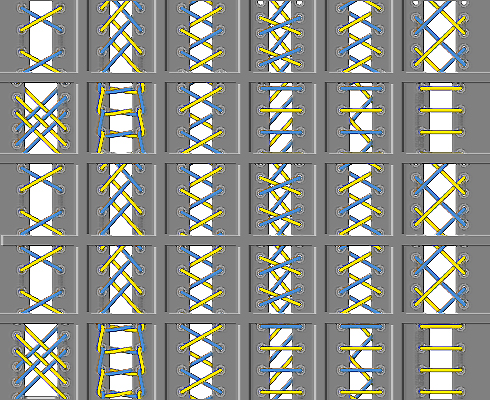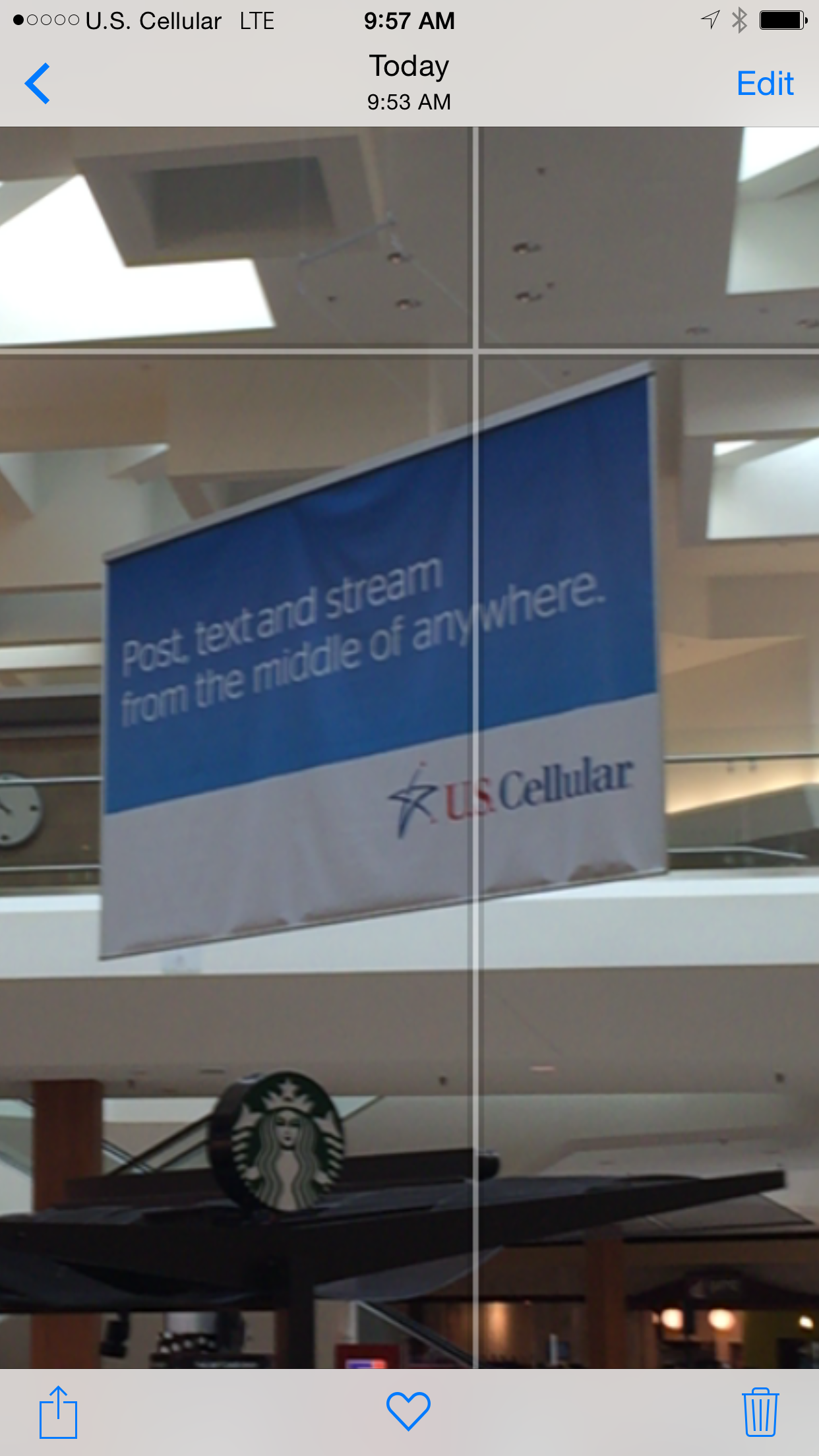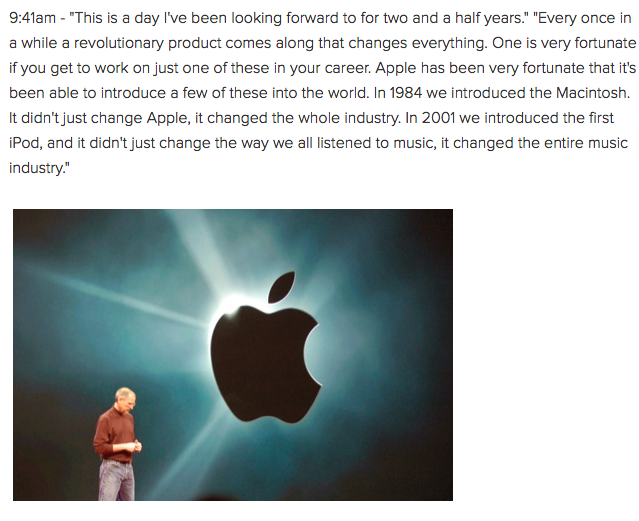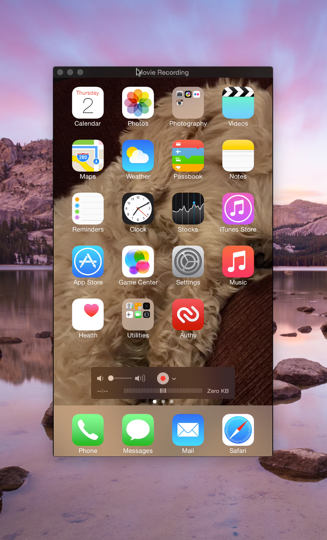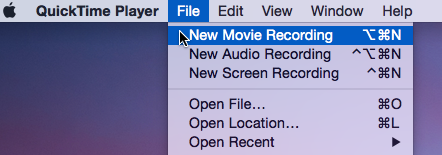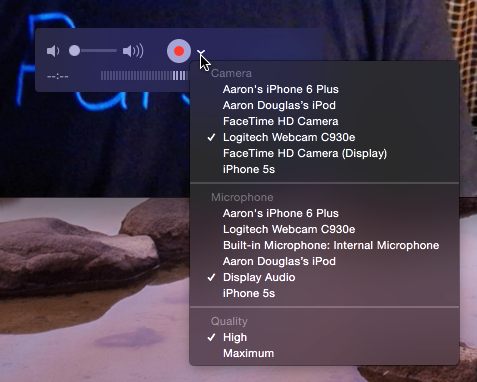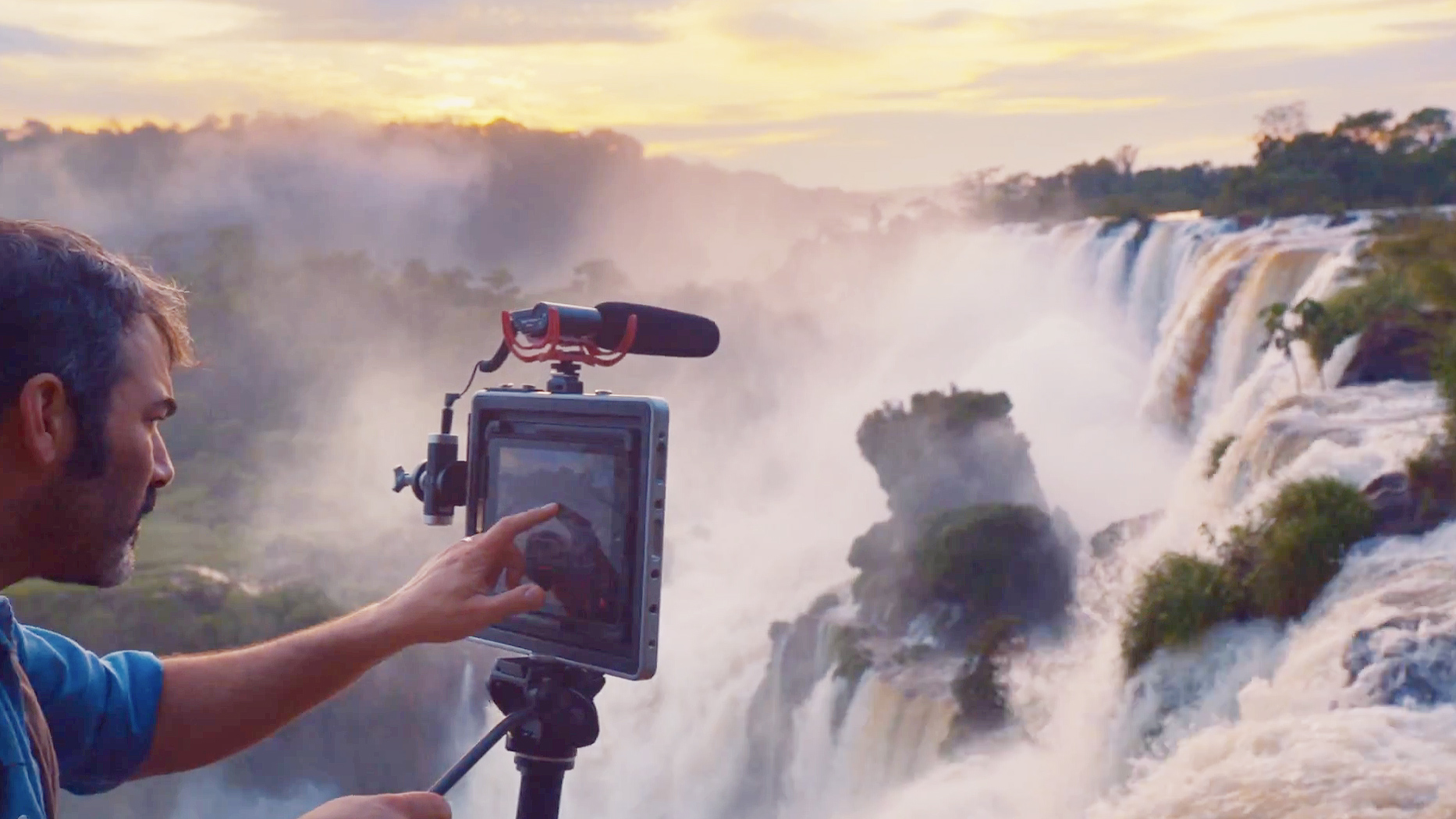I’ve recently become a fan of Walt Whitman’s poem from 1892 entitled “O Me! O Life!”. I’ve heard the poem in the past but it has never resonated with me until hearing Daniel Steinberg, an iOS developer and trainer, used it in his keynote at CocoaConf Chicago.
O Me! O Life!
Oh me! Oh life! of the questions of these recurring,
Of the endless trains of the faithless, of cities fill’d with the foolish,
Of myself forever reproaching myself, (for who more foolish than I, and who more faithless?)
Of eyes that vainly crave the light, of the objects mean, of the struggle ever renew’d,
Of the poor results of all, of the plodding and sordid crowds I see around me,
Of the empty and useless years of the rest, with the rest me intertwined,
The question, O me! so sad, recurring—What good amid these, O me, O life?
Answer.
That you are here—that life exists and identity,
That the powerful play goes on, and you may contribute a verse.
I knew I had heard this before – most likely in commercials and referenced in other stories. I realized where I had heard it recently when Daniel played the Apple commercial that the late Robin Williams narrated lines from Dead Poets Society. It was actually one of the last productions he worked on before his death.
The challenge is to find out how you can contribute a verse to the play that is life. Daniel’s message to us as software developers is that we can both construct our verse and help others contribute their verse to life. The apps we write can unlock the inspiration, provide the accessibility, and fuel the creativity to let people bring their verse into existence.
I’ve never considered the work I do to be something that is capable of changing a person’s life until this past weekend. Viewing the ad Robin narrated again with an understanding of Walt’s poem hit a heart string.
I create apps that people use and touch from the moment they wake up in the morning to the moments before they go to sleep. I am a part of people’s own verses in life without them even knowing I’m there acting as a muse. I help provide the means for the users to help others with their verses.
All of our contributions to life are intertwined. I exist because you exist. Finding your verse in life will ultimately help someone else discover theirs.

